Marketing Wins
Off-topic post for today …
In the battle between marketing and security, marketing always wins. This topic came to mind after reading an article on using email aliases to control your email—
One of the most basic things you can do to increase your security against phishing attacks is to have two email addresses, one you give to financial institutions and another one you give to “everyone else.” It would be nice to have a third for newsletters and marketing, but this won’t work in the real world. Why?
Because it’s very rare to find a company that will keep two email addresses on file for you, one for “business” and another for “marketing.” To give specific examples—my mortgage company sends me both marketing messages in the form of a “newsletter” as well as information about mortgage activity. They only keep one email address on file, Continue reading
Making Magic Transit health checks faster and more responsive
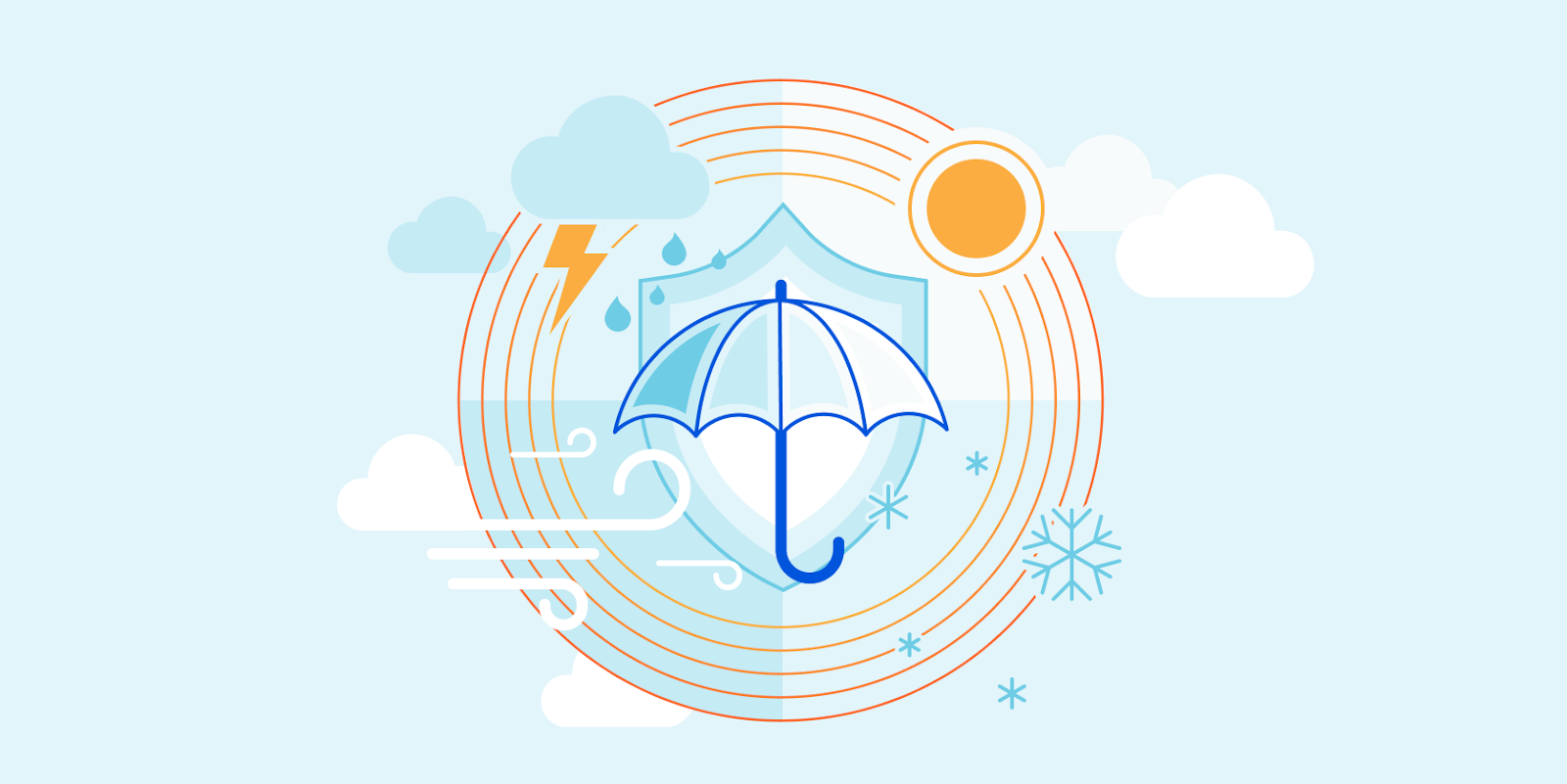

Magic Transit advertises our customer’s IP prefixes directly from our edge network, applying DDoS mitigation and firewall policies to all traffic destined for the customer’s network. After the traffic is scrubbed, we deliver clean traffic to the customer over GRE tunnels (over the public Internet or Cloudflare Network Interconnect). But sometimes, we experience inclement weather on the Internet: network paths between Cloudflare and the customer can become unreliable or go down. Customers often configure multiple tunnels through different network paths and rely on Cloudflare to pick the best tunnel to use if, for example, some router on the Internet is having a stormy day and starts dropping traffic.
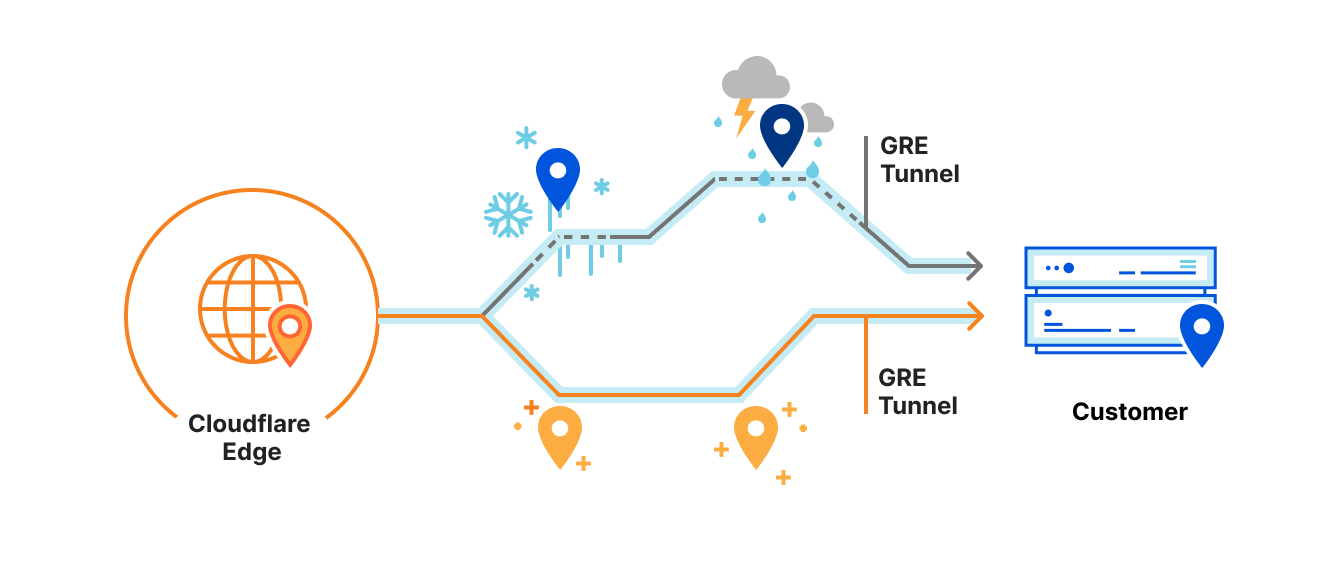
Because we use Anycast GRE, every server across Cloudflare’s 200+ locations globally can send GRE traffic to customers. Every server needs to know the status of every tunnel, and every location has completely different network routes to customers. Where to start?
In this post, I’ll break down my work to improve the Magic Transit GRE tunnel health check system, creating a more stable experience for customers and dramatically reducing CPU and memory usage at Cloudflare’s edge.
Everybody has their own weather station
To decide where to send traffic, Cloudflare edge servers Continue reading
MUST Read: Operational Security Considerations for IPv6 Networks (RFC 9099)
After almost a decade of bickering and haggling (trust me, I got my scars to prove how the consensus building works), the authors of Operational Security Considerations for IPv6 Networks (many of them dear old friends I haven’t seen for way too long) finally managed to turn a brilliant document into an Informational RFC.
Regardless of whether you already implemented IPv6 in your network or believe it will never be production-ready (alongside other crazy stuff like vaccines) I’d consider this RFC a mandatory reading.
MUST Read: Operational Security Considerations for IPv6 Networks (RFC 9099)
After almost a decade of bickering and haggling (trust me, I got my scars to prove how the consensus building works), the authors of Operational Security Considerations for IPv6 Networks (many of them dear old friends I haven’t seen for way too long) finally managed to turn a brilliant document into an Informational RFC.
Regardless of whether you already implemented IPv6 in your network or believe it will never be production-ready (alongside other crazy stuff like vaccines) I’d consider this RFC a mandatory reading.
More devices, fewer CAPTCHAs, happier users
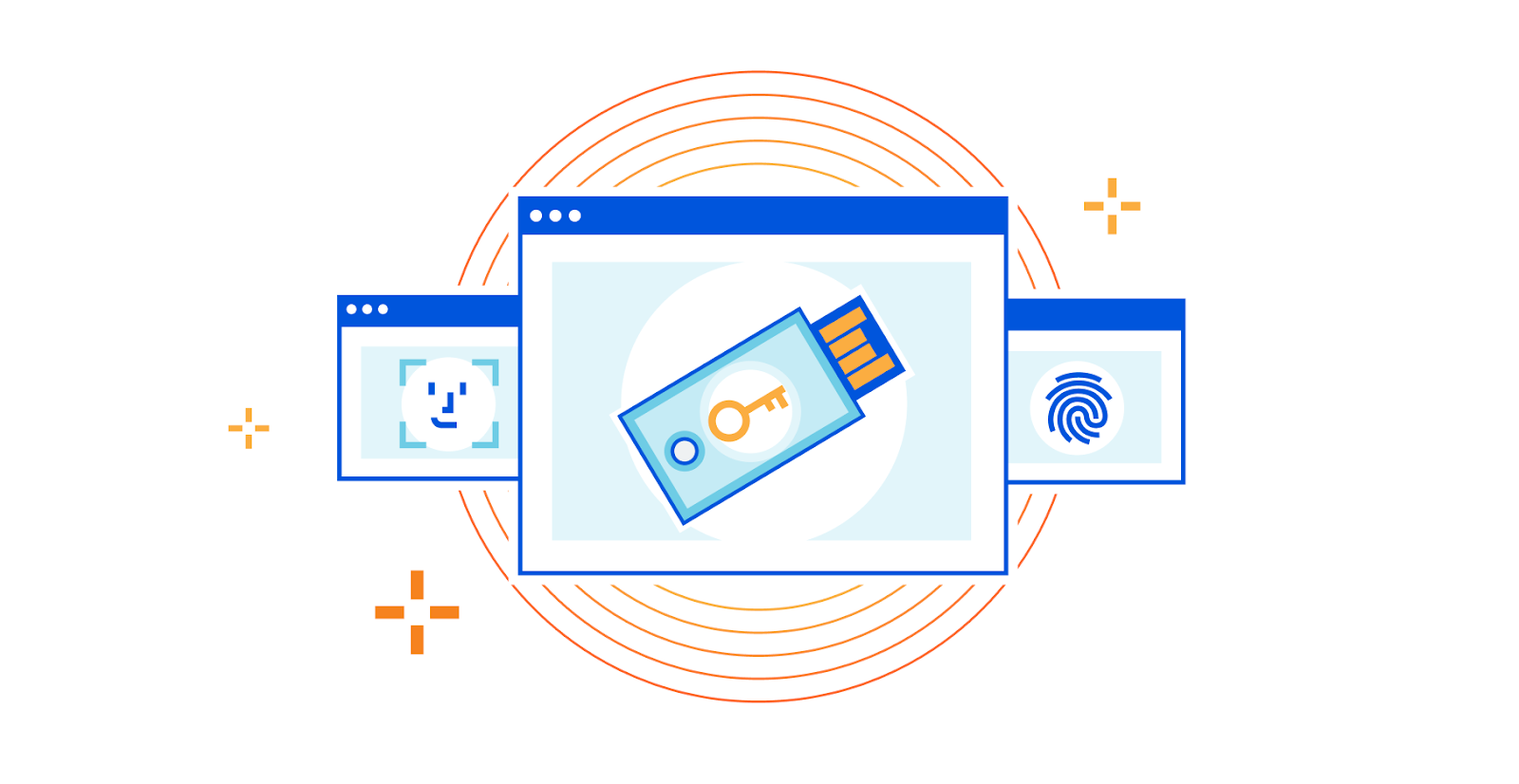
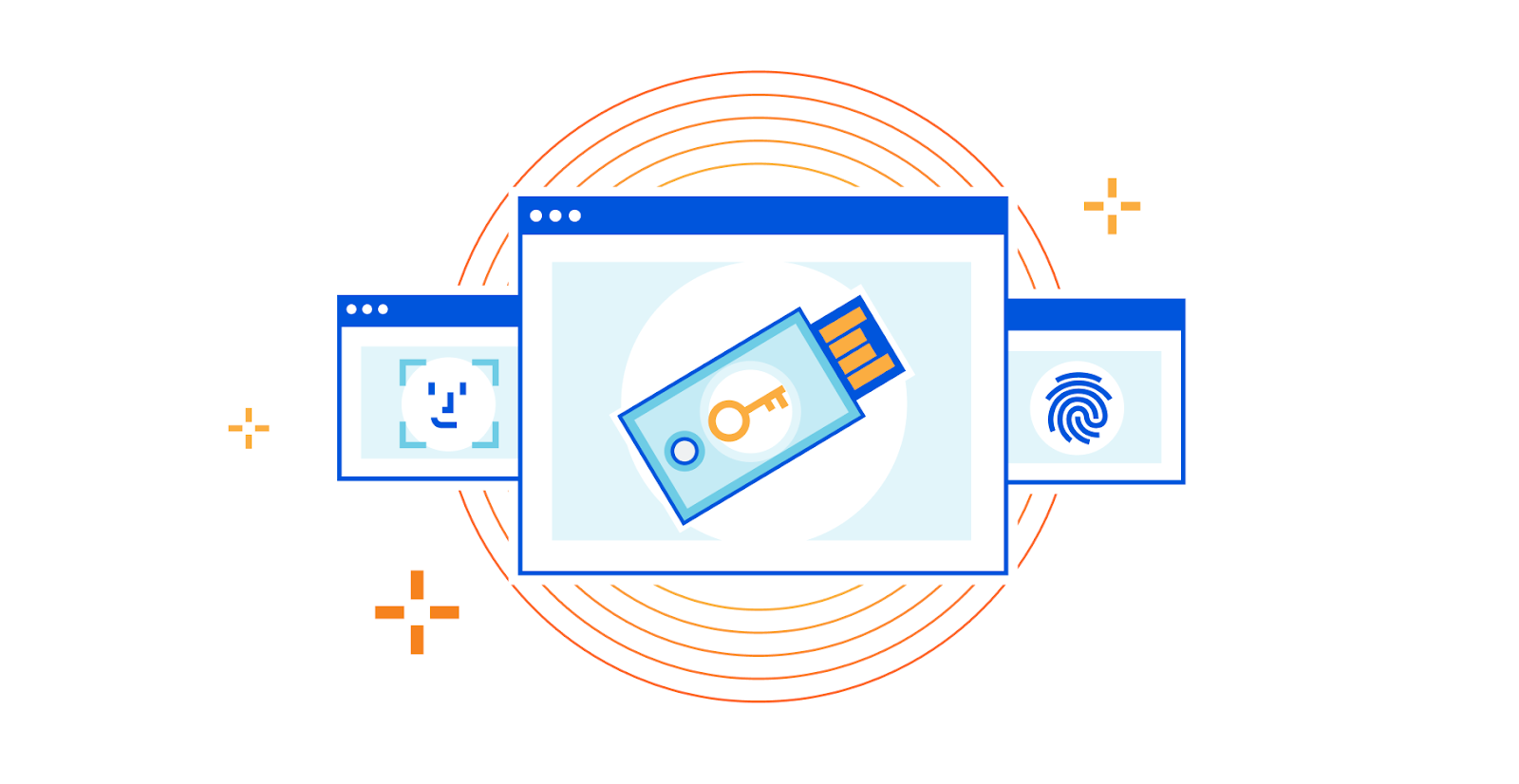
Earlier this year we announced that we are committed to making online human verification easier for more users, all around the globe. We want to end the endless loops of selecting buses, traffic lights, and convoluted word diagrams. Not just because humanity wastes 500 years per day on solving other people's machine learning problems, but because we are dedicated to making an Internet that is fast, transparent, and private for everyone. CAPTCHAs are not very human-friendly, being hard to solve for even the most dedicated Internet users. They are extremely difficult to solve for people who don’t speak certain languages, and people who are on mobile devices (which is most users!).
Today, we are taking another step in helping to reduce the Internet’s reliance on CAPTCHAs to prove that you are not a robot. We are expanding the reach of our Cryptographic Attestation of Personhood experiment by adding support for a much wider range of devices. This includes biometric authenticators — like Apple's Face ID, Microsoft Hello, and Android Biometric Authentication. This will let you solve challenges in under five seconds with just a touch of your finger or a view of your face -- without sending this private Continue reading
Helping Keep Governments Safe and Secure


Today, we are excited to share that Cloudflare and Accenture Federal Services (AFS) have been selected by the Department of Homeland Security (DHS) to develop a joint solution to help the federal government defend itself against cyberattacks. The solution consists of Cloudflare’s protective DNS resolver which will filter DNS queries from offices and locations of the federal government and stream events directly to Accenture’s analysis platform.
Located within DHS, the Cybersecurity and Infrastructure Security Agency (CISA) operates as “the nation’s risk advisor.”1 CISA works with partners across the public and private sector to improve the security and reliability of critical infrastructure; a mission that spans across the federal government, State, Local, Tribal, and Territorial partnerships and the private sector to provide solutions to emerging and ever-changing threats.
Over the last few years, CISA has repeatedly flagged the cyber risk posed by malicious hostnames, phishing emails with malicious links, and untrustworthy upstream Domain Name System (DNS) resolvers.2 Attackers can compromise devices or accounts, and ultimately data, by tricking a user or system into sending a DNS query for a specific hostname. Once that query is resolved, those devices establish connections that can lead to malware downloads, phishing websites, Continue reading
Of course you can’t trust scientists on politics
Many people make the same claim as this tweet. It's obviously wrong. Yes,, the right-wing has a problem with science, but this isn't it.If you think you don't trust scientists, you're mistaken. You trust scientists in a million different ways every time you step on a plane, or for that matter turn on your tap or open a can of beans. The fact that you're unaware of this doesn't mean it's not so.
— Paul Graham (@paulg) July 26, 2021
First of all, people trust airplanes because of their long track record of safety, not because of any claims made by scientists. Secondly, people distrust "scientists" when politics is involved because of course scientists are human and can get corrupted by their political (or religious) beliefs.
And thirdly, the concept of "trusting scientific authority" is wrong, since the bedrock principle of science is distrusting authority. What defines sciences is how often prevailing scientific beliefs are challenged.
Carl Sagan has many quotes along these lines that eloquently expresses this:
A central lesson of science is that to understand complex issues (or even simple ones), we must try to free our minds of dogma and to guarantee the freedom to publish, Continue reading
Cloudflare’s Handling of an RCE Vulnerability in cdnjs
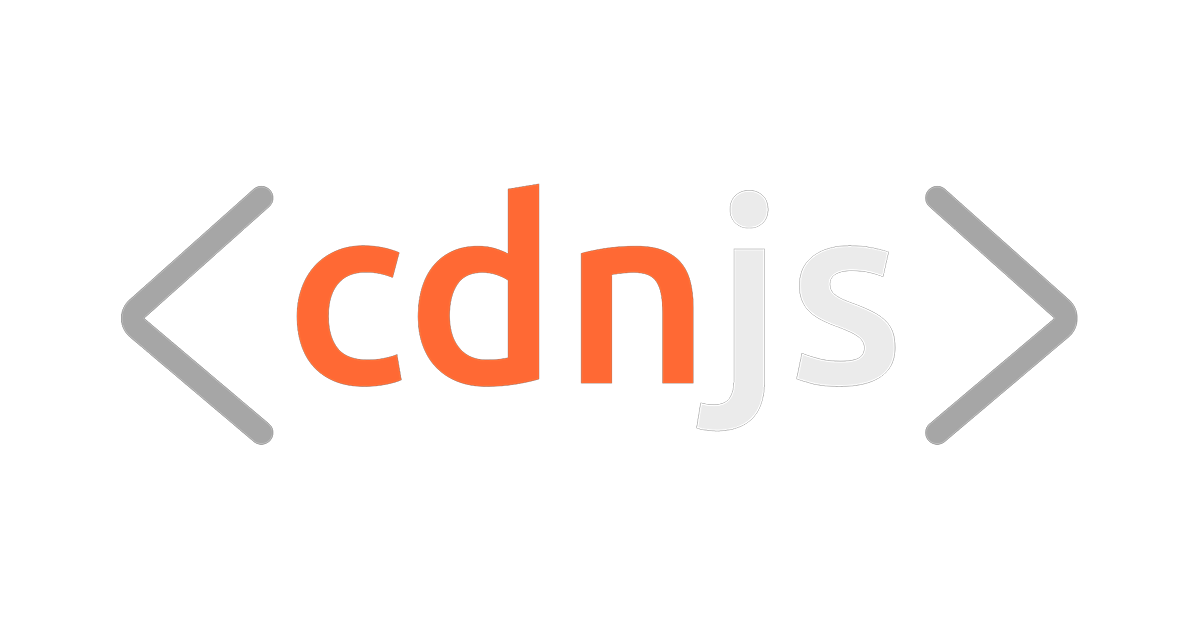

cdnjs provides JavaScript, CSS, images, and fonts assets for websites to reference with more than 4,000 libraries available. By utilizing cdnjs, websites can load faster with less strain on one’s own origin server as files are served directly from Cloudflare’s edge. Recently, a blog post detailed a vulnerability in the way cdnjs’ backend automatically keeps the libraries up to date.
This vulnerability allowed the researcher to execute arbitrary code, granting the ability to modify assets. This blog post details how Cloudflare responded to this report, including the steps we took to block exploitation, investigate potential abuse, and remediate the vulnerability.
This vulnerability is not related to Cloudflare CDN. The cdnjs project is a platform that leverages Cloudflare’s services, but the vulnerability described below relates to cdnjs’ platform only. To be clear, no existing libraries were modified using this exploit. The researcher published a new package which demonstrated the vulnerability and our investigation concluded that the integrity of all assets hosted on cdnjs remained intact.
Disclosure Timeline
As outlined in RyotaK’s blog post, the incident began on 2021-04-06. At around 1100 GMT, RyotaK published a package to npm exploiting the vulnerability. At 1129 GMT, cdnjs processed this package, resulting in Continue reading
Pegasus Pisses Me Off

In this week’s episode of the Gestalt IT Rundown, I jumped on my soapbox a bit regarding the latest Pegasus exploit. If you’re not familiar with Pegasus you should catch up with the latest news.
Pegasus is a toolkit designed by NSO Group from Israel. It’s designed for counterterrorism investigations. It’s essentially a piece of malware that can be dropped on a mobile phone through a series of unpatched exploits that allows you to create records of text messages, photos, and phone calls and send them to a location for analysis. On the surface it sounds like a tool that could be used to covertly gather intelligence on someone of interest and ensure that they’re known to law enforcement agencies so they can be stopped in the event of some kind of criminal activity.
Letting the Horses Out
If that’s where Pegasus stopped, I’d probably not care one way or the other. A tool used by law enforcement to figure out how to stop things that are tough to defend against. But because you’re reading this post you know that’s not where it stopped. Pegasus wasn’t merely a tool developed by intelligence agencies for targeted use. If I had to Continue reading
Risk analysis for DEF CON 2021
It's the second year of the pandemic and the DEF CON hacker conference wasn't canceled. However, the Delta variant is spreading. I thought I'd do a little bit of risk analysis. TL;DR: I'm not canceling my ticket, but changing my plans what I do in Vegas during the convention.
First, a note about risk analysis. For many people, "risk" means something to avoid. They work in a binary world, labeling things as either "risky" (to be avoided) or "not risky". But real risk analysis is about shades of gray, trying to quantify things.
The Delta variant is a mutation out of India that, at the moment, is particularly affecting the UK. Cases are nearly up to their pre-vaccination peaks in that country.
Note that the UK has already vaccinated nearly 70% of their population -- more than the United States. In both the UK and US there are few preventive measures in place (no lockdowns, no masks) other than vaccines.
Thus, the UK graph is somewhat predictive of what will happen in the United States. If we time things from when the latest wave hit the same levels as peak of the first wave, then it looks like the Continue reading
DDoS attack trends for 2021 Q2
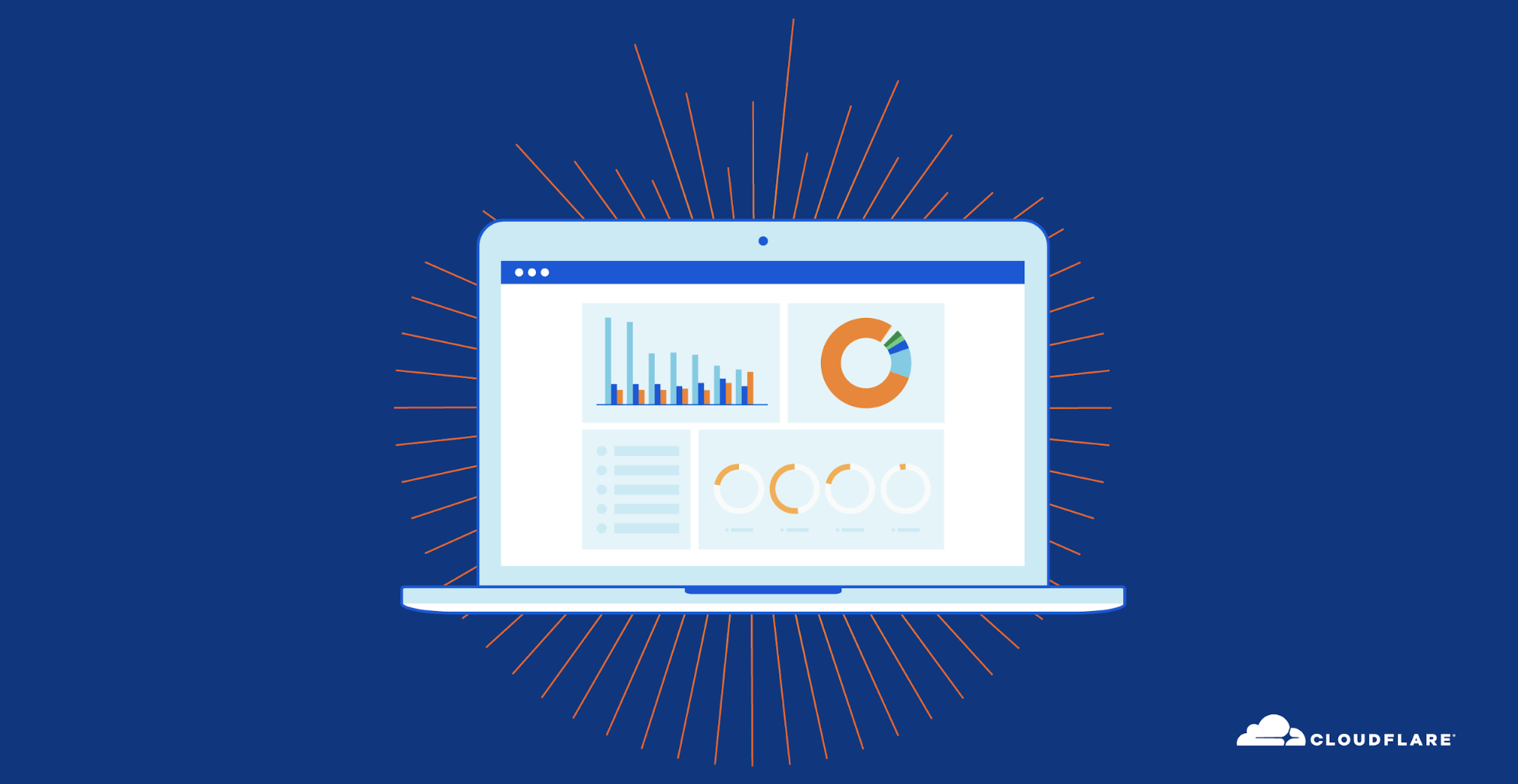
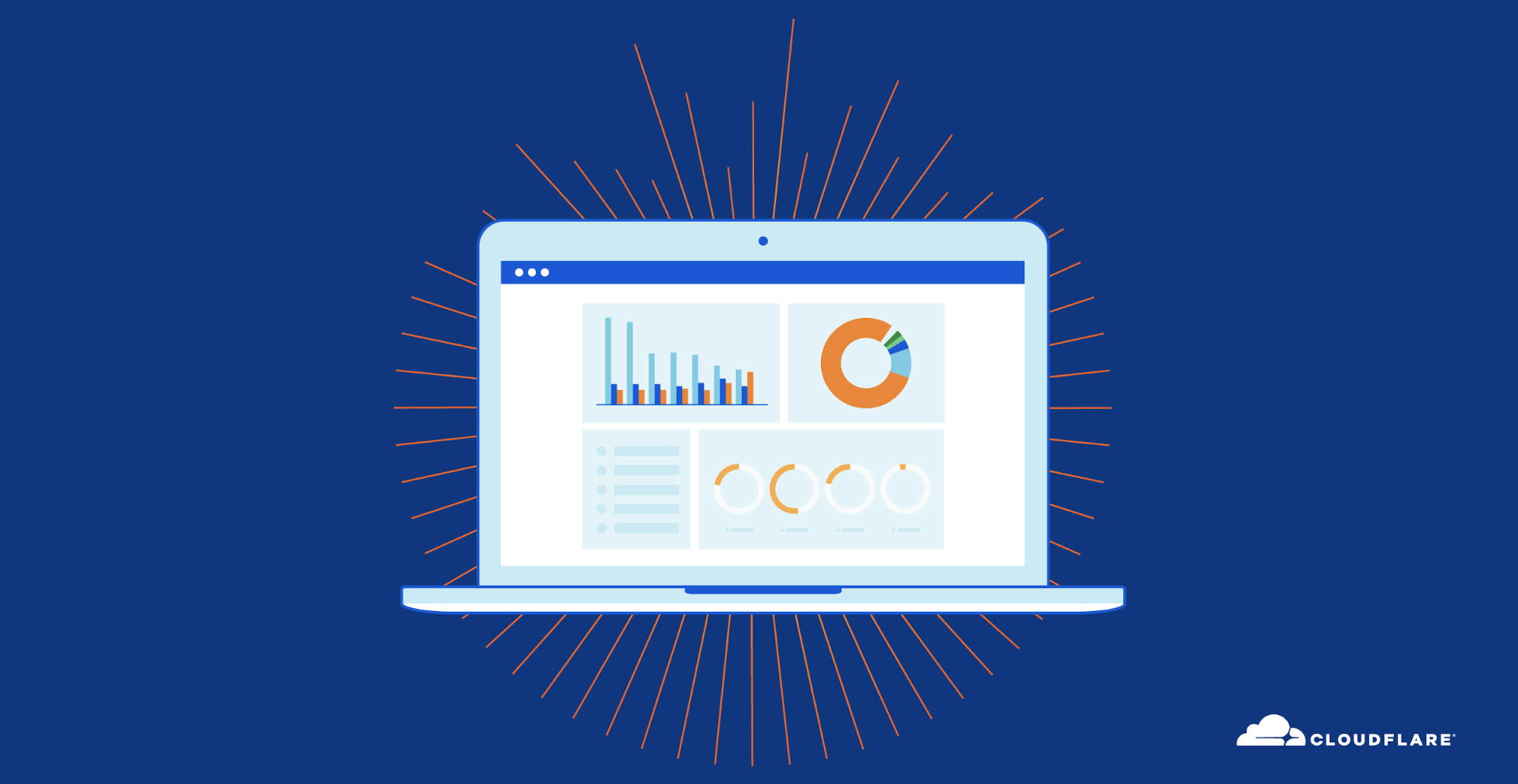
Recent weeks have witnessed massive ransomware and ransom DDoS (Distributed Denial of Service) attack campaigns that interrupted aspects of critical infrastructure around the world, including one of the largest petroleum pipeline system operators, and one of the world’s biggest meat processing companies. Earlier this quarter, more than 200 organizations across Belgium, including the government and parliament websites and other services, were also DDoS’d.
And when most of the United States were celebrating Independence Day on July 4, hundreds of US companies were hit by a ransomware attack demanding 70 million USD in Bitcoin. Attackers known to be affiliated with REvil, a Russian ransomware group, exploited multiple previously unknown vulnerabilities in IT management software. The targets included schools, small public-sector bodies, travel and leisure organizations, and credit unions, to name a few. While the threat of ransomware and ransom DDoS is not new (read our posts on ransomware and ransom DDoS from 2021 Q1), the latest attacks on Internet properties ranging from wineries, professional sports teams, ferry services and hospitals has brought them from just being background noise to front page headlines affecting our day-to-day lives. In fact, recent attacks have propelled ransomware and DDoS to the top of US Continue reading
Microsoft Misplaced Security Priorites
 Pays bug bounty pittance, spends big on speculative product
Pays bug bounty pittance, spends big on speculative product
Ransomware: Quis custodiet ipsos custodes
Many claim that "ransomware" is due to cybersecurity failures. It's not really true. We are adequately protecting users and computers. The failure is in the inability of cybersecurity guardians to protect themselves. Ransomware doesn't make the news when it only accesses the files normal users have access to. The big ransomware news events happened because ransomware elevated itself to that of an "administrator" over the network, giving it access to all files, including online backups.
Generic improvements in cybersecurity will help only a little, because they don't specifically address this problem. Likewise, blaming ransomware on how it breached perimeter defenses (phishing, patches, password reuse) will only produce marginal improvements. Ransomware solutions need to instead focus on looking at the typical human-operated ransomware killchain, identify how they typically achieve "administrator" credentials, and fix those problems. In particular, large organizations need to redesign how they handle Windows "domains" and "segment" networks.
I read a lot of lazy op-eds on ransomware. Most of them claim that the problem is due to some sort of moral weakness (laziness, stupidity, greed, slovenliness, lust). They suggest things like "taking cybersecurity more seriously" or "do better at basic cyber hygiene". These are "unfalsifiable" -- things that nobody Continue reading
NATs, PATs, and Network Hygiene
While reading a research paper on address spoofing from 2019, I ran into this on NAT (really PAT) failures—
The authors state 49% of the NATs they discovered in their investigation of spoofed addresses fail in one of these two ways. From what I remember way back when the first NAT/PAT device (the PIX) was deployed in the real world (I worked in TAC at the time), there was a lot of discussion about what a firewall should do with packets sourced from addresses not indicated anywhere.
If I have an access list including 192.168.1.0/24, and I get a packet sourced from 192.168.2.24, Continue reading
Password Managers Aren’t Good But I Use One
 Not the app but the integration
Not the app but the integration
Some quick notes on SDR
I'm trying to create perfect screen captures of SDR to explain the world of radio around us. In this blogpost, I'm going to discuss some of the imperfect captures I'm getting, specifically, some notes about WiFi and Bluetooth.
An SDR is a "software defined radio" which digitally samples radio waves and uses number crunching to decode the signal into data. Among the simplest thing an SDR can do is look at a chunk of spectrum and see signal strength. This is shown below, where I'm monitoring part of the famous 2.4 GHz pectrum used by WiFi/Bluetooth/microwave-ovens:
There are two panes. The top shows the current signal strength as graph. The bottom pane is the "waterfall" graph showing signal strength over time, display strength as colors: black means almost no signal, blue means some, and yellow means a strong signal.
The signal strength graph is a bowl shape, because we are actually sampling at a specific frequency of 2.42 GHz, and the further away from this "center", the less accurate the analysis. Thus, the algorithms think there is more signal the further away from the center we are.
What we do see here is two peaks, at 2.402 Continue reading
Cracking WPA/WPA2 Pre-shared Key Using GPU
The WPA/WPA2 4-way authentication handshake between AP (authenticator) and client (supplicant) is used to generate encryption keys. These keys are then used to encrypt data sent over wireless medium. In the previous tutorial, we installed the aircrack-ng suite to capture and crack the 4-way authentication handshake to obtain passphrase needed to access a wireless network. […]Continue reading...


